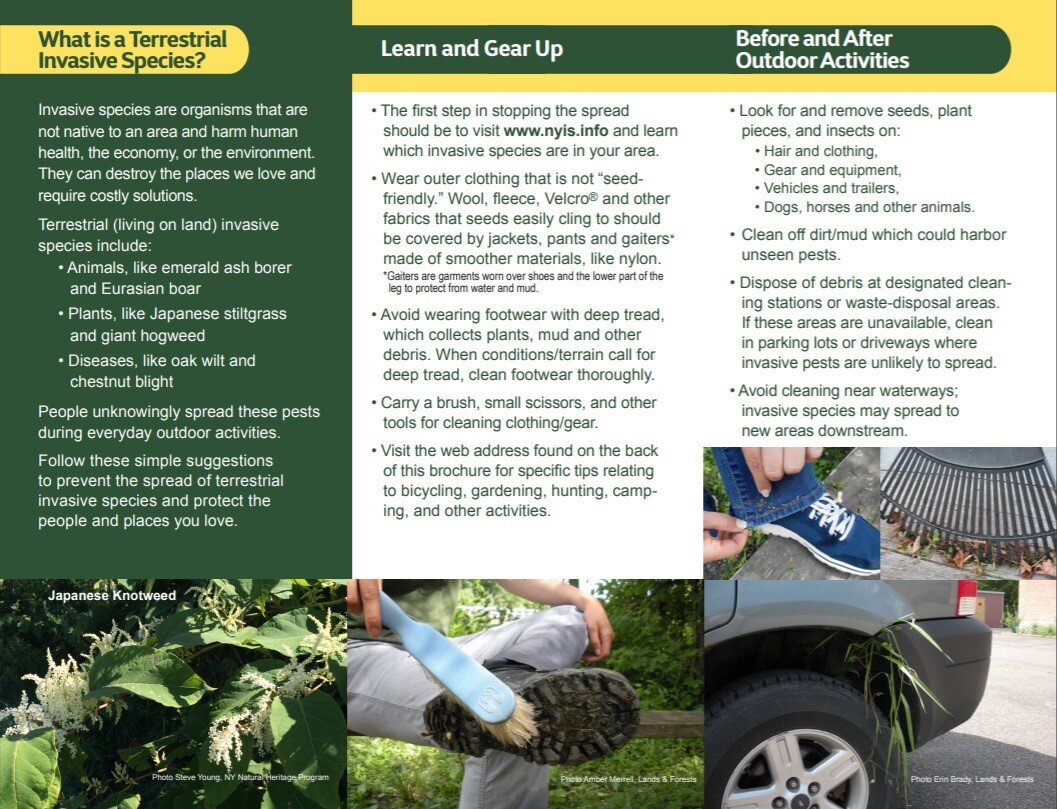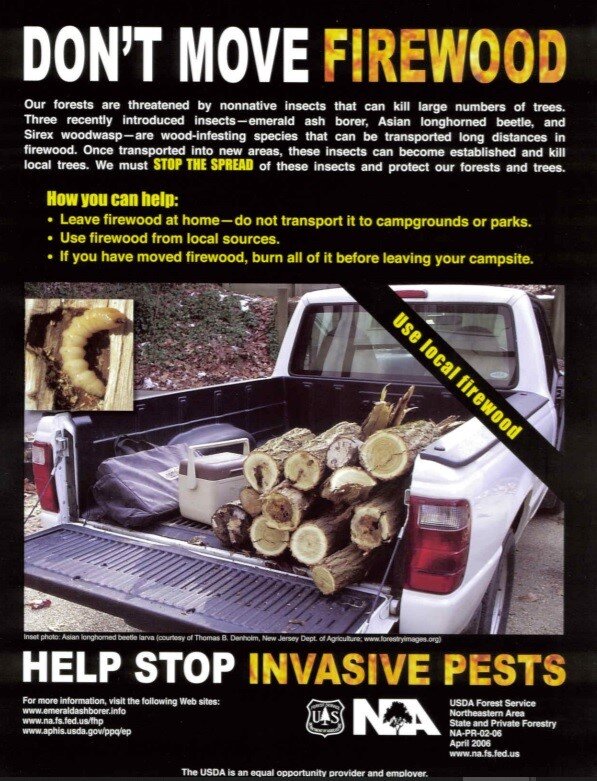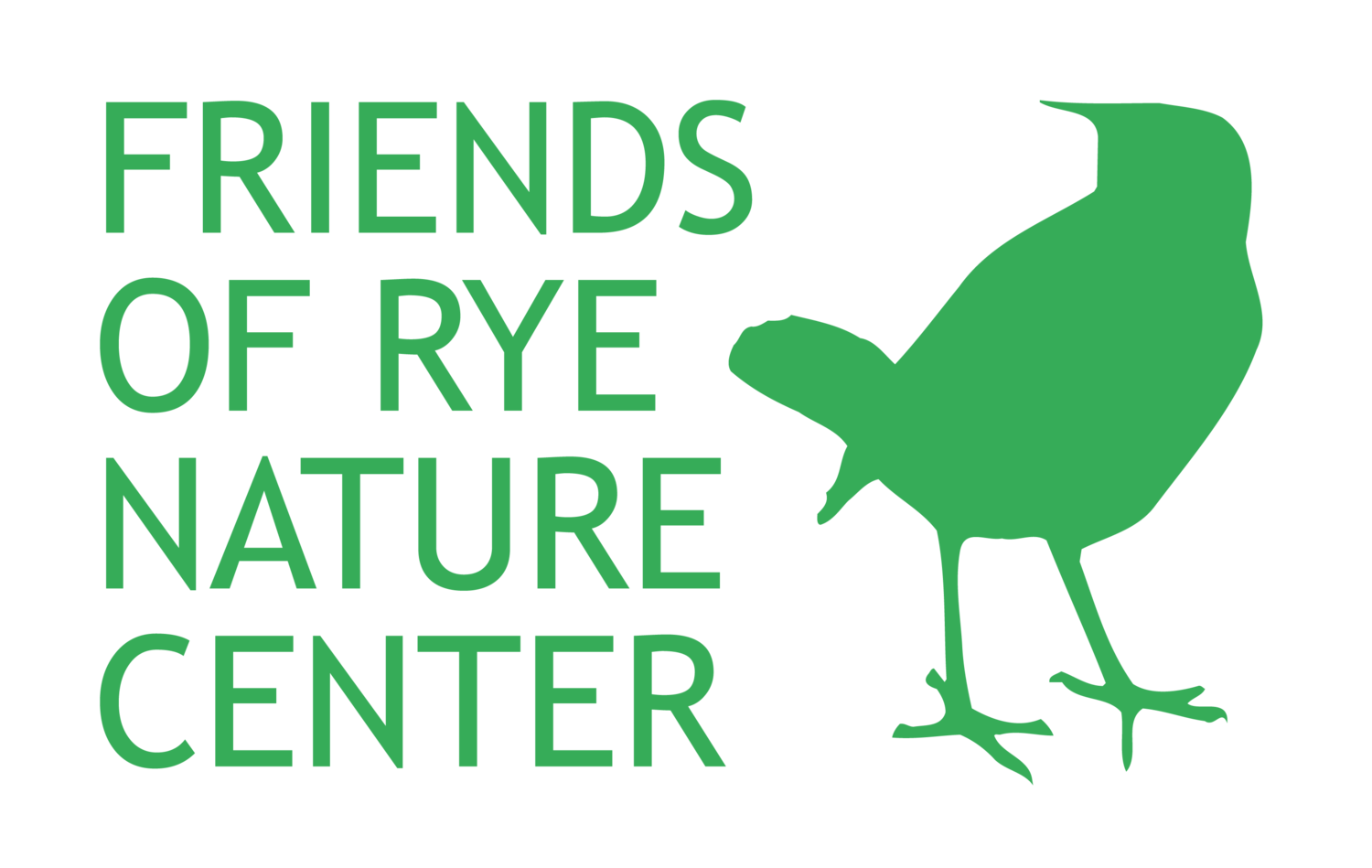—Danny Molinaro, Director of Conservation and Land Stewardship
The week of June 7th through June 13th is Invasive Species Awareness Week. ISAW is an annual educational campaign coordinated by the Invasive Species Council, the Invasive Species Advisory Committee, the eight Partnership for Regional Invasive Species (PRISMs) and their partners. Initiated in 2014, the week-long campaign features numerous statewide events focused on invasive species, ranging from paddling events, presentations, informational webinars, citizen science trainings, film screenings, and more. In 2019, over 180 events were held across the state.
What is an Invasive Species?
Source: Michigan Department of Natural Resources
An invasive (opportunistic) species is an organism which is non-native to an area and proliferates rapidly while negatively impacting local and regional ecosystem health. They often compete for space or resources and tend to lack natural enemies or controls from their native range. Therefore, invasive species can often quickly grow, spread, and cause harm. These impacts can be environmental, economic, or even on human health. These opportunistic organisms can be animals, plants, fungi, bacteria, and others.
Terrestrial (Land-dwelling) Invasive Species:
These are non-native plants, animals, and other organisms that live on the land rather than in aquatic habitats. Terrestrial habitats are simply habitats that are primarily focused on land. From forests to meadows there are many different types of land habitats.
Terrestrial invasives include:
Plants: trees, shrubs, vines, grasses, and herbaceous plants. For more specific information about invasive plants in New York State click here.
Animals: insects, mammals, reptiles, arachnids, birds, and nematodes.
Other: pathogens (disease causing organisms) such as molds, fungus, bacteria, and viruses.
Click here for more information specific to terrestrial invasive species in New York State.
Aquatic (Water-dwelling) Invasive Species:
These can be non-native plants, animals, and other organisms that live primarily in water rather than on land. Aquatic habitats are habitats that are covered with water all or part of every year. From oceans to wetlands, many types of aquatic habitats exist.
Aquatic invasives include:
Plants: algae, floating plants, submersed plants, and plants which emerge from standing water.
Animals: insects, fish, reptiles, mollusks, crustaceans, and amphibians.
Other: pathogens such as molds, fungi, bacteria, and viruses.
Click here for more information specific to aquatic invasive species in New York State.






